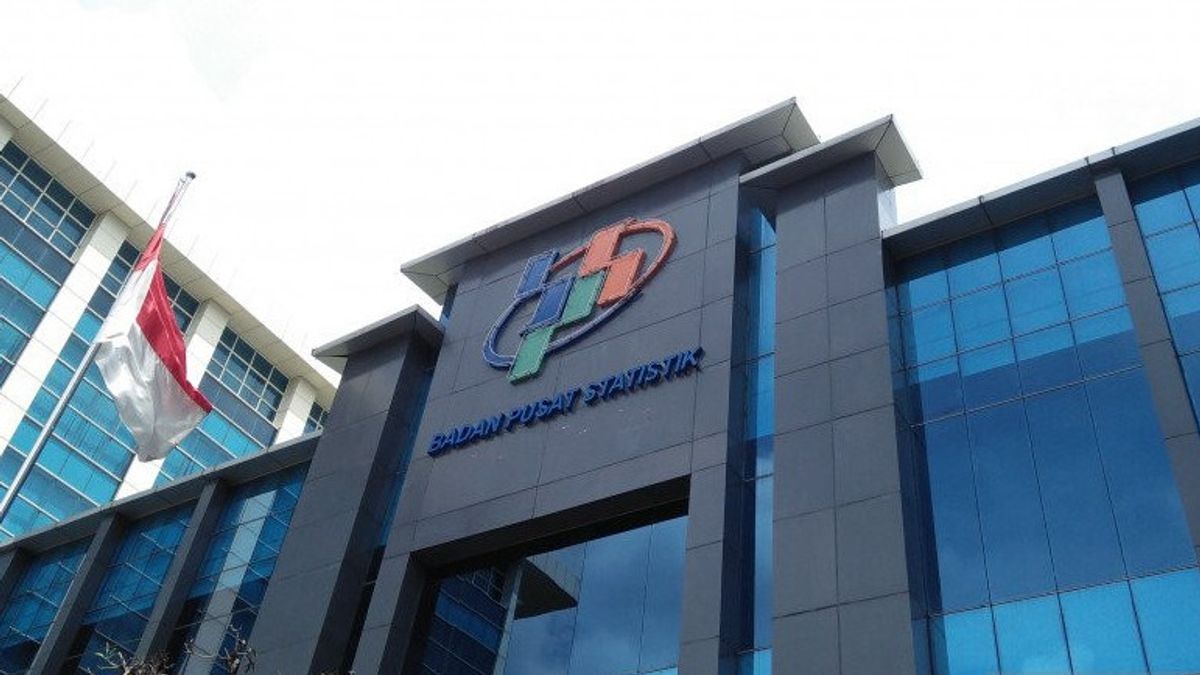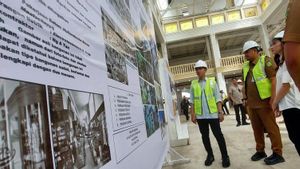SURABAYA - The number of poor people in East Java reaches 4,585,970 people, or the equivalent of 11.46 percent of the total population. The poor population in East Java is the highest province nationally.
After East Java, the second highest province was West Java with 4,188,520 people or the equivalent of 8.43 percent, Central Java with 4,119,930 people or the equivalent of 11.84 percent, and North Sumatra (North Sumatra) 1,356,720 people. Meanwhile, in terms of percentage, the poor population in East Java is higher than the national average of 10.19 percent.
"The total number of poor people in East Java is currently 4.58 million. One of the factors affecting the increase in the number of poor people in East Java is due to a decrease in economic activity," said the Head of East Java BPS, Dadang Hardiawan, in Surabaya, Monday, February.
Dadang said, 4.58 million poor people in East Java are equivalent to 11.46 percent of the population. This figure is an increase of 1.26 percent or the equivalent of 166,900 people compared to March 2020 with 4.41 people or 11.09 percent of the total population.
According to Dadang, the COVID-19 pandemic is a major factor in the high number of poor people in East Java. The increase in the number of poor people is known from the results of the National Socio-Economic Survey (Susenas) by the East Java Central Statistics Agency (BPS) which is conducted twice a year, every March and September.
Based on the results of the BPS Susenas from 2011 to 2019, East Java has succeeded in reducing the number of poor people. Poverty in East Java continues to decline, reaching 10.20 percent in 2019. Even in 2011, the number was 13.85 percent of the total population in East Java.
"As a result of the COVID-19 pandemic, poverty in East Java has gradually increased again. In total from September 2019 to September 2020, there have been 529,970 people in East Java who have become poor," he said.
Another factor contributing to the increase in the number of poor people is the decrease in population mobility. The survey shows, during March-September, people are more at home.
"The highest decline in population mobility in a number of places in East Java occurred in April. Both in retail and entertainment trade, shopping for daily necessities, as well as parks," said Dadang.
Meanwhile, in transit and workplaces, the highest decline in population mobility occurred in May. During those two months, East Java implemented the first volume of Large-Scale Social Restrictions (PSBB). The problem of poverty is not just the number of poor people and the percentage, but the level of depth and severity of poverty.
"The Poverty Depth Index (IKK) in East Java increased from 1,818 in March 2020 to 1,970 in September 2020. Meanwhile, the severity of poverty in East Java increased from 0.430 to 0.529 in the same period," said Dadang.
The English, Chinese, Japanese, Arabic, and French versions are automatically generated by the AI. So there may still be inaccuracies in translating, please always see Indonesian as our main language. (system supported by DigitalSiber.id)













